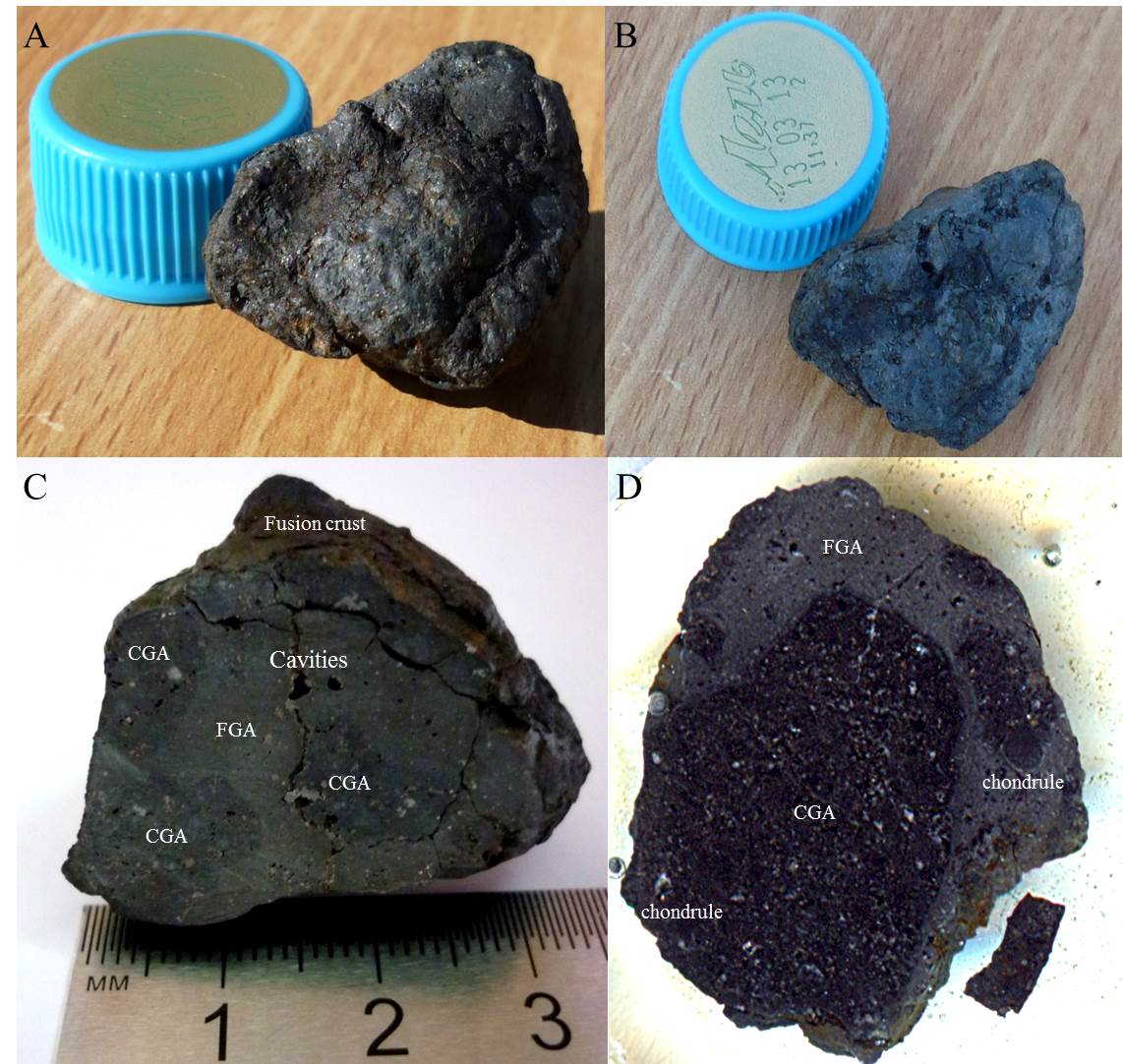Huge Chunk of Russia Meteorite Pulled from Lake

Divers raised a coffee-table-size chunk of the Chelyabinsk meteorite from its muddy home at the bottom of Russia's Lake Chebarkul on Wednesday (Oct. 16).
The massive boulder is the largest fragment recovered so far from the Feb. 15 Russian meteor explosion over the city of Chelyabinsk that injured more than 1,000 people.
The blast scattered meteor shards across the region and left holes in the ice-covered Lake Chebarkul, so it was assumed that big lumps fell into the lake. Later surveys revealed possible extraterrestrial rocks buried beneath the bottom mud.
Recovery crews have since pulled five meteorite chunks from the lake, RT.com reported.
The 5-foot-long (1.5 meters) rock dragged from the depths Wednesday was 65 feet (20 m) below the surface. After it was pulled to the surface with cables, the meteorite fragment fractured into three pieces, shown live on Russian television.
Together, the dark, craggy stones weighed more than the scale brought to the lake could read, tipping in at more than 1,250 lbs. (570 kilograms), AFP reported. Preliminary tests confirmed the rocks are from the Chelyabinsk meteorite.
Pictures and video from the retrieval effort show telltale signs of the meteorite's fiery trip through the atmosphere. There's a fusion crust — a shiny, glassy layer of black material that forms when the outer portions of the rock melt. The rock also appears to have regmaglypts, shallow surface indentations that look like thumbprints.
Breaking space news, the latest updates on rocket launches, skywatching events and more!
The Chelyabinsk meteorite is a mix of different types of ordinary chondrites, the stony meteorites that crash into Earth most often, researchers have found. The mélange inside the fragments suggests the meteorite may have collided with another asteroid early in its history.
Researchers have estimated that the asteroid that caused the Chelyabinsk fireball was about 55 feet (17 m) wide and weighed 10,000 tons when it streaked into Earth's atmosphere.
It hit on Feb. 15, the same day a 130-foot (40 m) asteroid called 2012 DA14 gave Earth a close shave, missing our planet by just 17,200 miles (27,000 kilometers). But the two space rocks are unrelated, experts say.
Email Becky Oskinor follow her @beckyoskin. Follow us @Spacedotcom, Facebook or Google+. Originally published on SPACE.com.

Becky was a science reporter at The Pasadena Star-News. She has freelanced for New Scientist and the American Institute of Physics and interned at Discovery News. She earned a master's degree in geology from Caltech, a bachelor's degree from Washington State University, and a graduate certificate in science writing from the University of California, Santa Cruz. To find out what her latest project is, you can follow Becky on Twitter.
